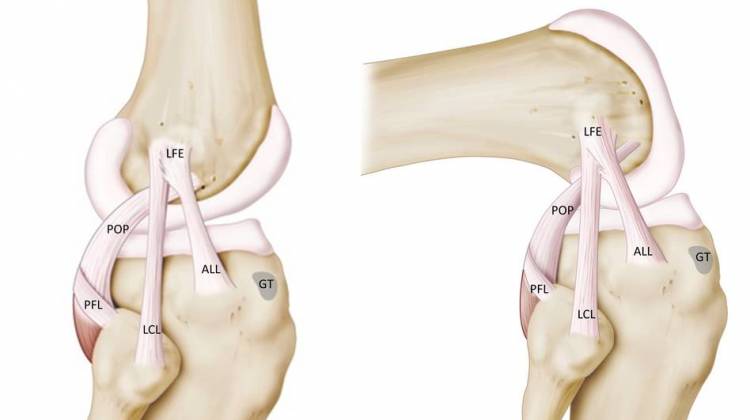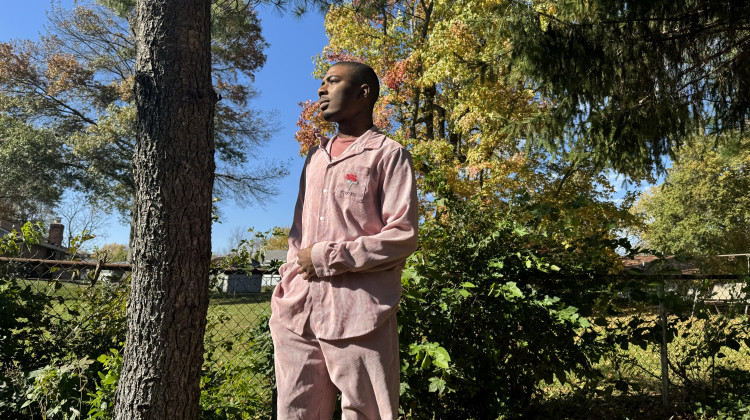About 150 years ago, a prestigious surgeon in Paris found a new body part while operating on some his patients. He described the structure as a pearly, "fibrous band" on the outside of the bones in the knee.
That sure sounds like a ligament. But nobody really gave it much thought. And poof! Over the next hundred years or so, the body part was pretty much forgotten.
Then in the 1970s, the mysterious band of tissue reappeared in the medical literature every now and then. It went by several names. No one was really sure what the heck it was doing or even could tell with certainty which bones it connected.
Until now.
Orthopedic surgeons in Belgium have hunted down the enigmatic structure in cadavers. And what do you know — the good Parisian doctor was right.
There is an overlooked ligament in the knee. And it might be important for keeping your knee from twisting and turning, especially after an injury to the anterior cruciate ligament, or ACL.
Dr. Johan Bellemans and his team at the University Hospital Leuven described the ligament a few months ago in the Journal of Anatomy. They named it the anterolateral ligament, or ALL, and they offered the first clear data on what it's function is.
"It's eye-opening and provocative work," says Scott Rodeo, the chief of orthopedic surgery at the Hospital For Special Surgery in New York City. He wasn't involved in the study, but he saw Bellemans' team present the work at a conference.
"We've known for years that there was a hardened, fibrous tissue in this location," he tells Shots. "And that this area of tissue plays some role. So it's not such a dramatic discovery but kind of a rediscovery — or a refocusing of attention."
The ALL is about the length of a small thumb. The band connects the thigh bone to the shinbone on the outside of the leg. The ligament probably helps to keep the knee from rotating inward, the researchers suggest.
Damage to the ALL may be one reason why some people don't bounce back after ACL surgery. About 9 in 10 people who have their ACL repaired can return to sports with no problems at all, Rodeo says. But for some, the knee still isn't quite right. It buckles abnormally or gives way during sports.
"The ALL may have a role in small percentage of patients with persistent problems after the reconstruction of their ACL," Rodeo says. "We need to learn more about its function and pay more attention to it."
Even after ACL surgery is successful, Rodeo says, about half of people develop arthritis in the knee 15 years later.
"The next frontier in knee surgery is preventing arthritis," he says. "Should we start to focus on this ligamet? Maybe."
9(MDEwMDc1MzM3MDEzNDczOTA0MDc1MzViMQ001))
 DONATE
DONATE








 View More Programs
View More Programs

 Support WFYI. We can't do it without you.
Support WFYI. We can't do it without you.